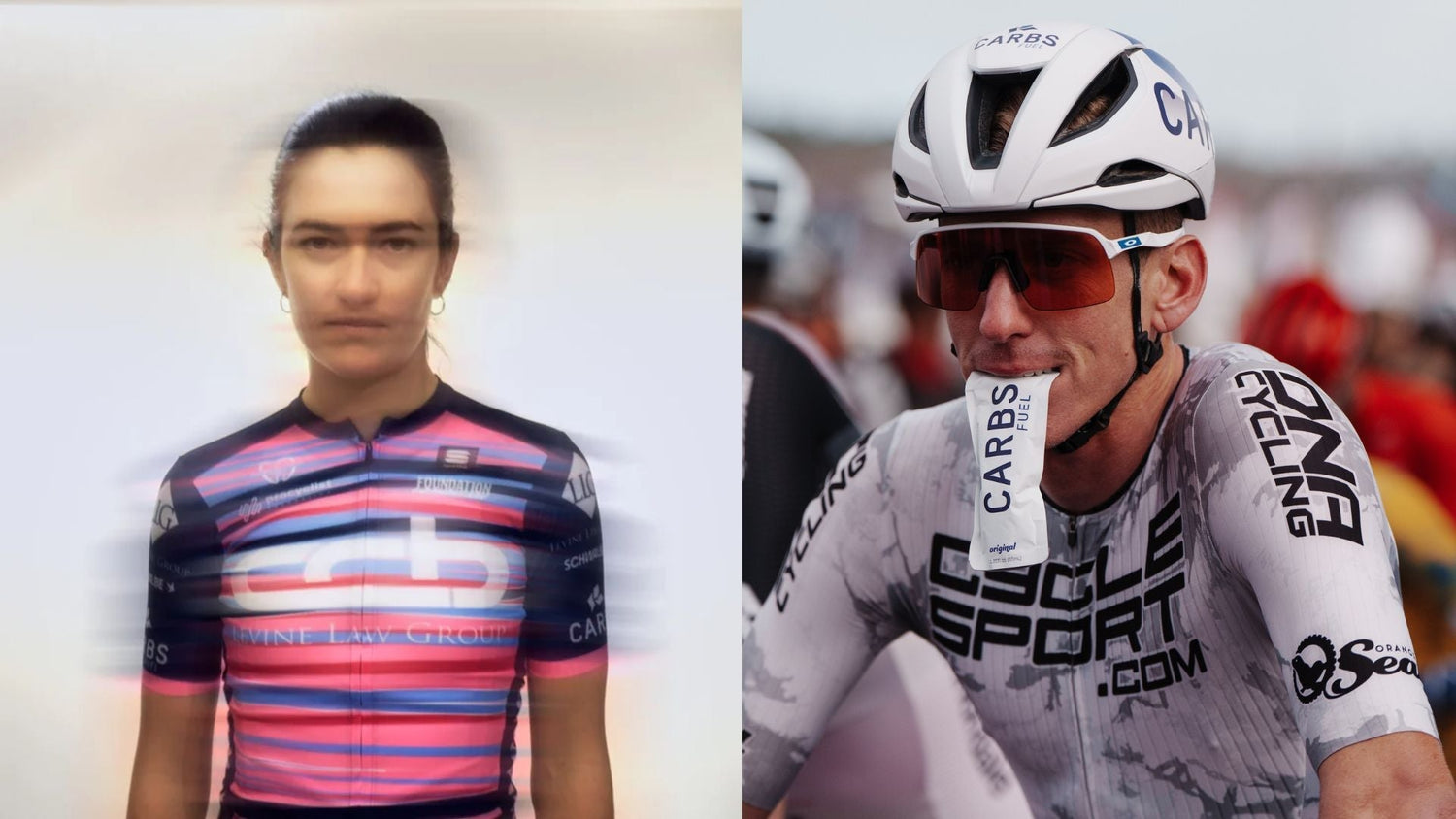We previously discussed the background of sodium and alluded to its importance for exercise performance. In this blog we will do a deep dive into why sodium is generally important for humans, but also why it is critical for exercise performance.
The importance of sodium for the body
Sodium is the most abundant electrolyte in humans and is critical in many of the physiological systems that maintain the body’s homeostasis. In the blood, sodium is found at concentrations between 135-145 milliequivalents per liter of blood (mEq/L). Among the essential roles sodium is involved, sodium helps to maintain fluid balance in the different parts of the human body, maintains blood pressure, and allows the function of our nervous and musculoskeletal system. Due to the importance of sodium, the concentrations in our body are tightly regulated in a range via our renal system (kidneys) to prevent physiological dysfunction. Ingested sodium is absorbed in the GI tract, while sodium can be lost through urine, feces, and sweat. The USDA and HHS recommend that daily sodium intake not to exceed 2,300mg. However, those that have health conditions such as high blood pressure are recommended to consume less, while those that are highly active and may lose sodium through sweat are recommended to consume more.
When sodium levels decrease in the blood, below 135 mEq/L, an individual is considered hyponatremic. Severity can range from mild (130-134 mEq/L), moderate (125-129 mEq/L), to severe (less than 125 mEq/L). This typically occurs when the ratio of water exceeds what is typically normal or when sodium content is lower than what is normal in the blood. For example, in athletes, euvolemic hyponatremia (low sodium levels in the blood with normal fluid volume) is the most common type of hyponatremia. For example, in a marathon, if an athlete loses significant amounts of sodium in their sweat but drinks fluids lacking sodium during the race, it is highly probable that this athlete may experience hyponatremia. Hyponatremia is dangerous if not managed properly. Symptoms of hyponatremia include, but are not limited to: headaches, nausea, fatigue, muscle cramps, vomiting, confusion, ataxia (lack of coordination), seizures, and cardiac arrhythmias.
While often unlikely in most endurance athletes, excessive sodium in the blood can result in hypernatremia. This can be a result of dehydration or excessive salt consumption. Symptoms of hypernatremia include, but are not limited to: nausea, weakness, lethargy, muscle spasms, seizures, and extreme thirst.
The importance of sodium for endurance exercise performance
In general, the primary goal of consuming sodium during endurance exercise is to maintain optimal performance by improving hydration while maintaining fluid and electrolyte balance. Indeed, it has been shown that when an individual loses as little as 2% of their body weight in water, performance can decline. As such, the greatest threat to performance (when comparing water versus sodium) during endurance exercise is the loss of water in the body.
In general, water will follow where sodium moves. This is the basic rule of osmolarity; water flows from regions of low solutes to regions of high solutes. The GI tract will have lower solute concentrations while the blood will have higher solute concentrations. The sodium ingested will be transported through the lining inside the GI tract into blood. Because water is primarily absorbed passively in the body, the rules of osmolarity are applied here. Any method to draw more sodium through the lining of the GI will also draw more water as a result. This is why properly formulated hydration products will contain carbohydrates (primarily glucose) as the transporter used to absorb glucose (SGLT1) also absorbs sodium in tandem.
As mentioned previously, when an individual sweats, they will lose sodium as well. If an individual solely hydrates using only water, not only will their hydration be suboptimal, but they will run into issues of diluting the decreasing amounts of sodium in their blood/body leading to hyponatremia. Thus, sodium ingestion during exercise plays two roles: 1) to optimize fluid replacement; 2) maintain sodium levels to prevent hyponatremia that can occur through fluid replacement using water only.
Measuring sodium in sweat and other electrolytes lost in sweat
Sodium lost in sweat can be determined through sweat tests. Sodium loss is measured as a concentration of milligram of sodium per liter of sweat (mg/L) per hour. Sodium lost in sweat is highly variable among individuals during exercise. Some individuals lose a low amount of sodium (200 mg/L per hour or less), while others can lose a high amount of sodium (2000 mg/L per hour or more). On average most individuals lose ~800-1000 mg/L per hour through their sweat.
Other electrolytes such as calcium, magnesium, potassium are also lost through sweat, but at significantly lower concentrations and are less important to immediately replace unless the exercise duration is of an extreme length (>10 hrs). Chloride, phosphorus, and other electrolytes are also lost in sweat, but are less important to replenish during exercise due to the minute amounts lost or the lack of contribution in maintaining homeostasis during exercise.
Sodium and cramping
While it is often believed that low sodium is the primary cause of muscle cramping, current research suggests that this is not the only cause. More often it is due to overexertion of the muscle; asking the muscle to produce a relatively high amount of force for durations that is not accustomed.
Does sodium improve endurance exercise performance?
While there is current discussion that ingesting additional sodium can directly improve endurance exercise performance, there is currently little data to support this claim outside of studies that have poor study design and controls. In general, if an individual is well hydrated and has normal plasma sodium concentrations, then consuming additional sodium is unlikely to provide additional performance benefits, beyond helping athletes maintain fluid and sodium balance during exercise.





